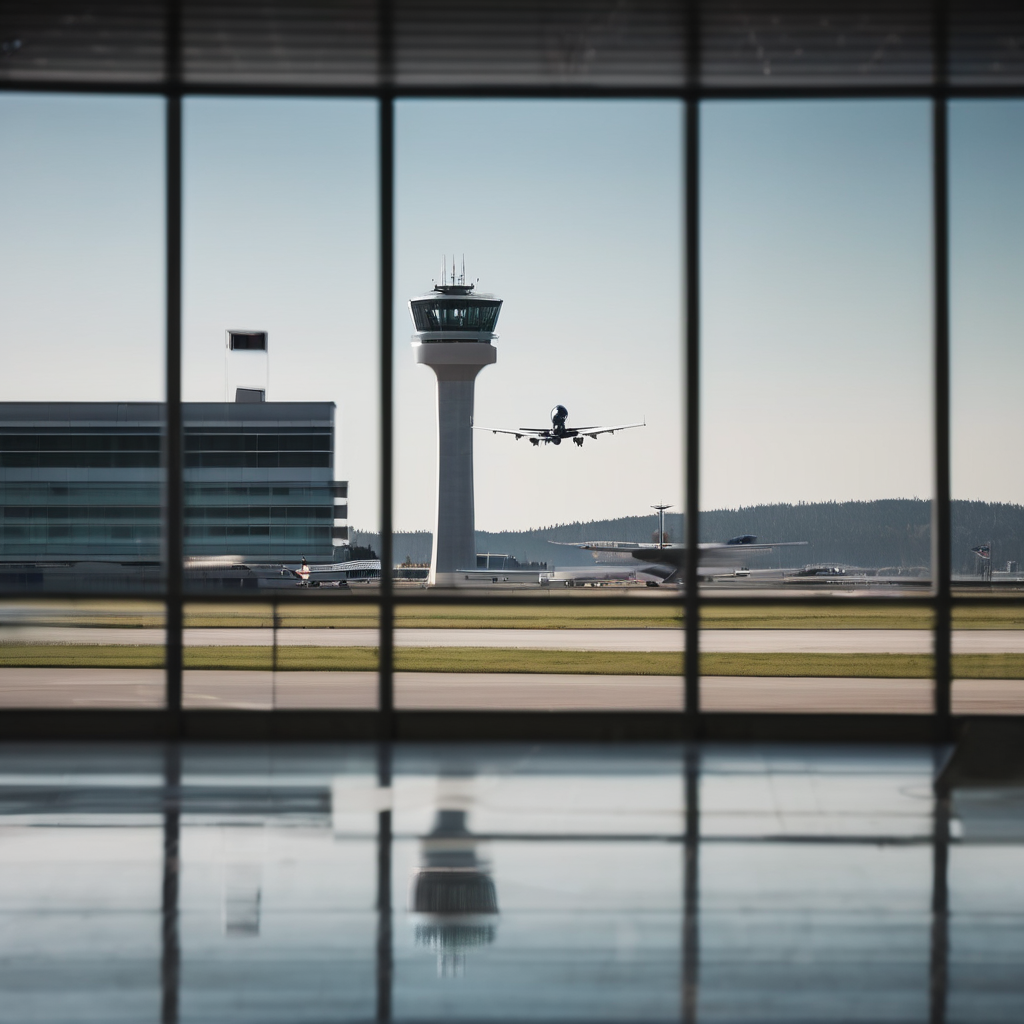The ongoing federal government shutdown is impacting air travel across the United States, as Transportation Secretary Sean Duffy reported on Friday that a growing number of air traffic controllers have been calling in sick. This situation has led to significant flight delays, with staffing shortages accounting for around 5% of delays on average, and spiking as high as 53% on some days.
Duffy addressed reporters during a press conference at Philadelphia International Airport, highlighting that as of Friday, 12 air traffic control facilities were experiencing staffing shortages, notably including control towers in Dallas Fort Worth, Newark, and Phoenix. Additionally, other affected facilities included TRACON centers that manage flights in major regions such as Houston and Southern California, as well as high-altitude flight centers around cities like Albuquerque and Atlanta.
Since the beginning of the shutdown, 222 staffing shortages have been reported, which is over four times the amount noted during the same period last year. The shutdown has created a situation where air traffic controllers, approximately 10,800 federal employees, are required to work without pay. Duffy expressed the frustration and anxiety faced by these workers, with controllers scheduled to receive a zero-dollar paycheck on October 28, following a partial paycheck of about 90% of their normal earnings received prior to the shutdown.
The National Air Traffic Controllers Association president, Nick Daniels, warned that the ongoing lack of pay makes daily operations less safe. He emphasized the dangers posed when air traffic controllers are distracted by financial worries, potentially compromising their focus on air traffic safety. Duffy reinforced this point, stating that the Federal Aviation Administration (FAA) might slow down or cancel flights to ensure safety if controller numbers remain inadequate.
In recent days, additional staffing issues have emerged at control towers in major airports including Austin, Chicago-O’Hare, Nashville, and Reagan National airport, along with FAA centers in various cities. Duffy highlighted concerns that prospective air traffic controllers in training are beginning to reconsider their career paths due to the uncertain financial future associated with the profession.
The FAA is facing a pressing need for around 3,000 more air traffic controllers, and increased enrollment in the FAA academy is part of their strategy to enhance recruitment and retention efforts during this critical time. Despite the challenges, there is hope that with effective recruitment and sustained support, the agency can stabilize its workforce and ensure safe air travel for the future.
